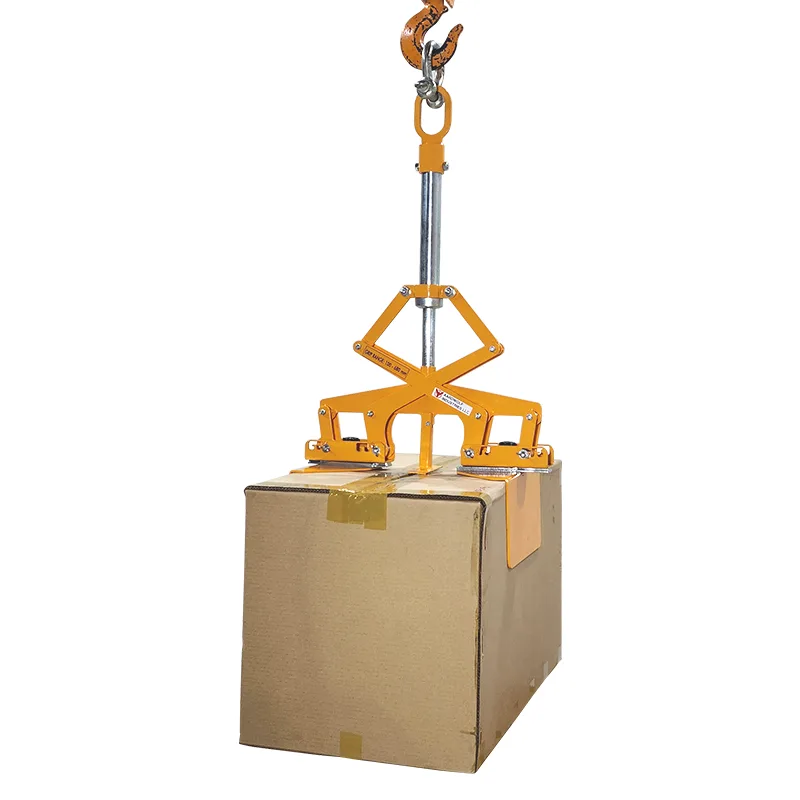Material handling is the silent engine powering logistics, warehousing, and the broader supply chain. Every item—raw material, finished product, or component—depends on reliable, efficient, and safe movement throughout a facility. In logistics, effective material handling isn’t just a matter of convenience; it’s fundamental to cost control, productivity, and customer satisfaction.
This article provides an expert overview of material handling in logistics, the latest equipment and systems, key functions, safety considerations, and how to optimize your operations for the future.

Table of Contents
ToggleWhat Is Material Handling in Logistics?
Material handling in logistics refers to the movement, storage, protection, and control of materials and products throughout the logistics process—from supplier receipt, internal processing, inventory management, order fulfillment, to final dispatch. It encompasses all the manual, mechanized, and automated activities that ensure the right goods reach the right place, at the right time, in the right condition.
To understand the fundamentals, visit What Is Material Handling?.
Material handling sits at the intersection of inventory management, warehouse design, and logistics optimization. Its scope covers the planning and use of lifting, transport, storage, and retrieval equipment to maximize efficiency and safety.
Key Functions of Material Handling in Logistics
- Receiving and Inspection
Materials arrive at the warehouse, are checked for quality and quantity, and entered into the system. - Internal Transportation
Moving goods between receiving, storage, picking, packing, and shipping zones. Solutions range from wheelbarrows, pallets, carts to powered forklifts for construction, conveyors in construction, and Jib Cranes. - Storage and Retrieval
Efficient storage solutions ensure goods are easy to locate, access, and retrieve with minimal handling, reducing time and cost. - Order Picking and Packing
Selecting and preparing goods for shipping, often using advanced picking systems, automation, or specialized equipment such as Vacuum Lifters for fragile or bulky items. - Dispatch and Outbound Logistics
Loading and securing materials for transport, completing documentation, and ensuring timely, damage-free delivery.
Types of Material Handling Equipment in Logistics
A wide variety of equipment is used to support different logistics requirements:
Manual Equipment
- Wheelbarrows, hand trucks, pallet jacks, and carts for simple, flexible movements.
Motorized and Mechanized Equipment
- Forklifts for construction, stackers, electric pallet trucks, hoists and cranes, and conveyors for higher throughput and heavier loads.
Automated Solutions
- Vacuum Lifters, AGVs (Automated Guided Vehicles), and robotic picking systems to minimize labor costs and maximize consistency.
Specialized Equipment
- Aardwolf Slab Lifters for handling stone, glass, or large panels with precision and safety.
For a comprehensive breakdown, see Material handling Equipment and Material-handling Equipment.
Why Is Material Handling Critical in Logistics?
- Boosts Efficiency: Reduces cycle times and ensures fast movement of goods from receiving to dispatch.
- Minimizes Labor Costs: Mechanization and automation replace repetitive manual work, reducing headcount and errors.
- Improves Safety: Proper tools and workflows lower the risk of workplace injuries and product damage.
- Reduces Waste: Optimal storage, handling, and movement minimize breakage, spoilage, and loss.
- Enhances Inventory Accuracy: Automated systems and well-designed layouts ensure accurate inventory tracking.
To explore more benefits, visit What Is Material Handling Equipment.
Manual vs. Motorized vs. Automated Material Handling
- Manual Handling: Still vital for small operations or highly variable tasks, but best limited to lighter, less repetitive work.
- Motorized Handling: Provides speed, capacity, and flexibility. Forklifts, cranes, and conveyors are essential in most warehouses.
- Automated Handling: Delivers the greatest gains in large or high-velocity operations, cutting costs, increasing speed, and providing real-time process data.
Compare options at Which of the Following Is a Motorized Material Handling Device.
Material Handling and Warehouse Layout Optimization
Smart warehouse design integrates material handling systems from the start. Key best practices:
- Zoned Layouts: Separate receiving, storage, picking, and shipping for smooth flows.
- Clear Aisles and Pathways: Minimize congestion and allow safe equipment movement.
- High-Density Storage Solutions: Racks and shelving for space optimization.
- Matching Equipment to Facility: Ensure all material handling equipment can maneuver efficiently within the warehouse.
- Technology Integration: Use WMS, barcode/RFID, and automation for seamless control.
For additional insights, see What Is Material Handling? and What Is Material Handling in Construction?.
Safety, Hazards, and Compliance in Logistics Material Handling
Maintaining a safe working environment is critical:
- Conduct regular equipment inspections and maintenance
- Train staff on proper lifting and operating procedures
- Use appropriate PPE and follow industry standards
- Design safe, visible pathways for both equipment and personnel
By following regulations and best practices, you improve both safety and efficiency.
Reducing Costs and Enhancing Productivity with Material Handling
Investing in modern material handling equipment and optimized processes enables logistics operations to:
- Reduce Labor Cost in Construction and Logistics: Fewer injuries and more efficient labor use
- Increase Construction and Warehouse Productivity: Faster movement and handling of goods
- Minimize Material Waste: Less damage, spoilage, and loss throughout the supply chain
For equipment recommendations, see Aardwolf Slab Lifters, Vacuum Lifters, and Jib Cranes.
Conclusion
Material handling is central to logistics excellence. The right mix of equipment, technology, and operational best practices transforms warehouses into efficient, safe, and cost-effective hubs. By embracing the latest solutions—from manual carts and forklifts to advanced Vacuum Lifters—your logistics operation will be positioned for long-term success.
For further reading and the latest advancements in material handling, see Material handling Equipment and What Is Material Handling?.
This article provides general guidance. For specific recommendations, always consult with certified logistics and material handling experts or trusted equipment suppliers.
















Please log in to leave a comment.